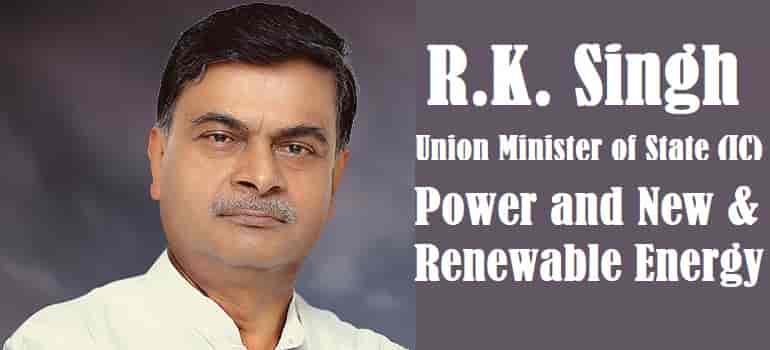India’s Minister of Power and New and Renewable Energy, R K Singh, announced on Friday that India has achieved its COP21 pledge of generating 40% of its energy from non-fossil fuels nine years ahead of schedule.
Singh spoke at a Business Today-Sterling and Wilson Renewable Energy event in New Delhi and emphasized that despite India being one of the lowest emitters of carbon dioxide on a per capita basis, 85% of the world’s legacy CO2 load is from developed nations. He also highlighted India’s fast rate of capacity addition in the renewable energy sector and the country’s status as an attractive investment destination for major funds from around the world.
Singh also discussed the reduction in emissions intensity that India has achieved in recent years, reaching 32% in 2023 compared to the target of 33% by 2030. He noted that if developed countries had taken the energy transition more seriously, there would have been more manufacturing capacity for energy storage, bringing down the prices. However, he pointed out that the supply chain problem of 89% of the world’s known lithium reserves being tied up with China.
When asked about the Adani-Hindenburg row and its potential impact on green energy investments in India, Singh said that it doesn’t matter and stated that setting up 1 MW of solar in India costs the lowest in the world, which is why green hydrogen will also be the cheapest


